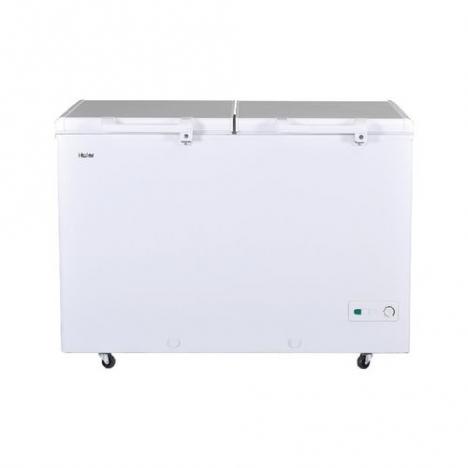Our lives have been made easier by kitchen appliances, but with so many alternatives on the market, it can be challenging to select the one that best suits your needs. The two common appliances that are frequently compared are food processors and mixer grinders. Despite having similar functions, each of these appliances has its own distinctive qualities. To assist you in choosing which one to purchase, we will compare mixer grinders and food processors in this article.
Mixer Grinder
An effective tool for chopping, blending, and mixing food ingredients is a mixer grinder. It is composed of a motorized apparatus joined to a jar. The jar is equipped with blades for chopping and blending food. The most common uses for mixer grinders include making smoothies, chutneys, and masalas. They are available in a range of sizes and powers.
Pros of Mixer Grinder
- Versatile: The usage of mixer grinders for mixing, blending, and grinding culinary components is just one example of their versatility. They are ideal for making masalas, chutneys, and smoothies.
- Easy to use: There are no specific abilities needed to operate a mixer grinder. It only requires that you put the materials in the jar and start the machine.
- Affordable: Comparatively speaking, mixer grinders cost less than food processors. They are the perfect option for those with tight budgets.
Cons of Mixer Grinder
- Limited functionality: In general, mixer grinders are less functional than food processors. They are ineffective while kneading dough or slicing vegetables.
- Small capacity: Because mixer grinders are so small, you can only grind or blend a small number of ingredients at once.
Food Processor
The kitchen tool known as a food processor is used to chop, slice, shred, and purée food ingredients. It is made up of a motorized component that is connected to different attachments, like blades and discs. The attachments are used for a variety of tasks, including chopping, slicing, shredding, and pureeing. Typically, salads, soups, and other foods that call for slicing and dicing are prepared by food processors.
Pros of Food Processor
- Multi-functional: Food processors are multipurpose kitchen tools that can be used for many tasks, including chopping, slicing, shredding, and pureeing food.
- Large capacity: Because of their high capacity, food processors allow you to prepare large amounts of food at once.
- Saves time: Using a food processor instead of manually chopping and slicing can save a lot of time. They are ideal for those with hectic schedules.
Cons of Food Processor
- Expensive: In general, food processors cost more than mixer grinders. For those who are willing to spend more money on kitchen appliances, they are the perfect option.
- Difficult to clean: Food processors are challenging to clean since they contain numerous accessories. The appliance must be disassembled, and each component must be cleaned separately.
Mixer Grinder vs Food Processor: Which One to Choose?
Your particular desires and requirements will determine whether you should use a food processor or a mixer grinder. A mixer grinder is the best appliance if you need one for chopping, blending, and mixing food items. A food processor, on the other hand, is the best appliance if you require one for chopping, slicing, shredding, and pureeing food items.
- A mixer grinder is the best option if you have a small budget and require a device that is user-friendly and adaptable. A food processor is the best option for you if you’re ready to spend more money and require a multipurpose appliance with a huge capacity.
- The amount of room you have in your kitchen is another thing to take into account. A mixer grinder can be a better choice if you have a tiny kitchen with limited counter space because food processors are often larger.
- When comparing prices, mixer grinders are less expensive than food processors. Food processors, on the other hand, can provide additional features and a bigger capacity if you’re willing to pay more money.
Conclusion
Both food processors and mixer grinders have distinctive characteristics and capacities of their own. Depending on your particular requirements and needs, you can choose between the two appliances.
When deciding between the two appliances, take your kitchen’s space requirements, spending capacity, and the tasks you need the appliance to complete into account. Whichever appliance you decide on, both can help you save time and improve the experience of cooking.

























 Dryers
Dryers Ironing / Garment Care
Ironing / Garment Care